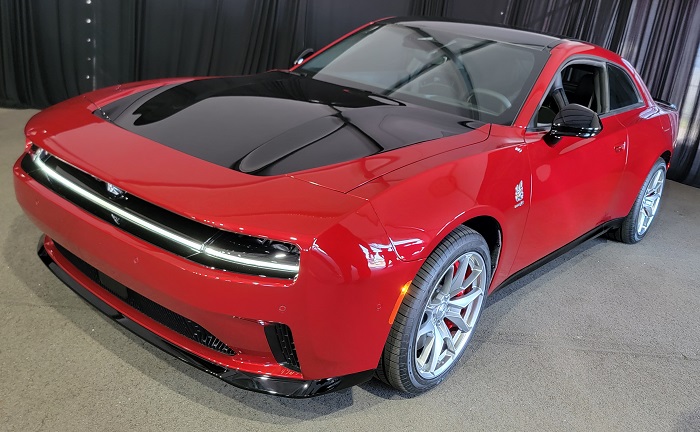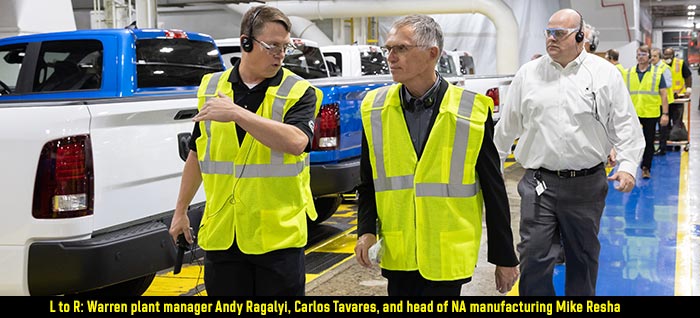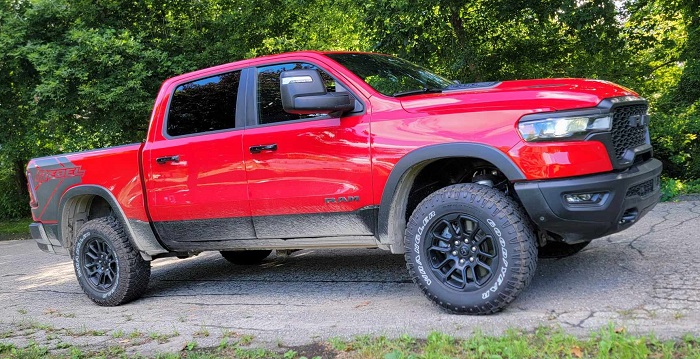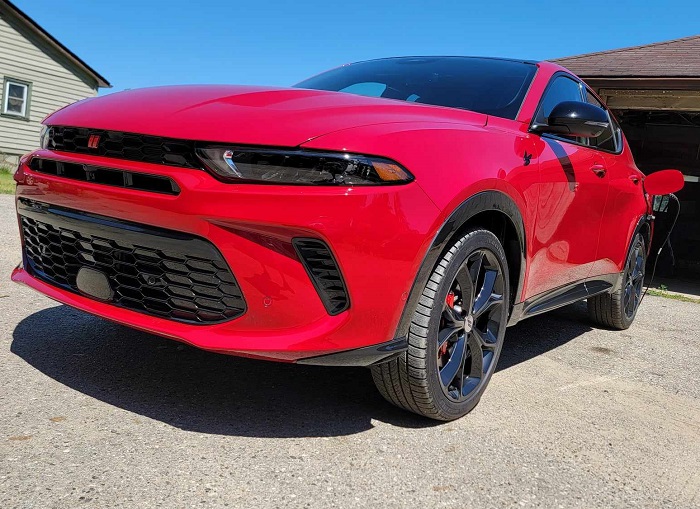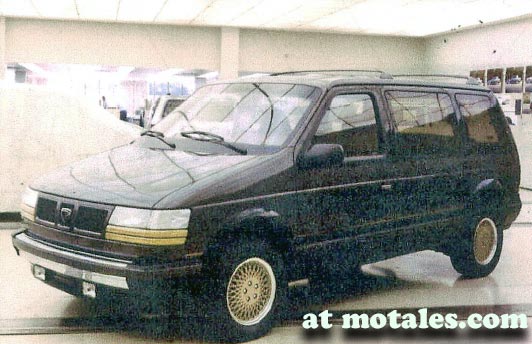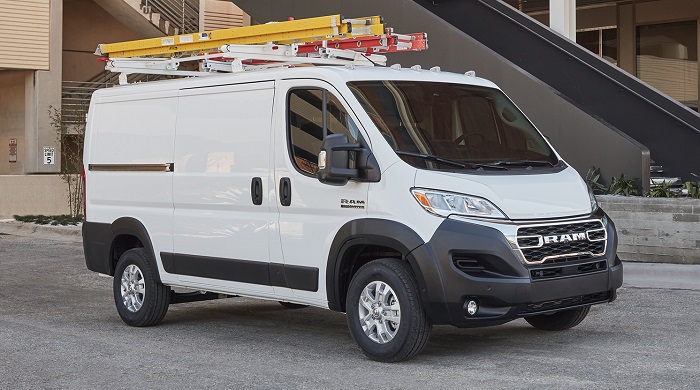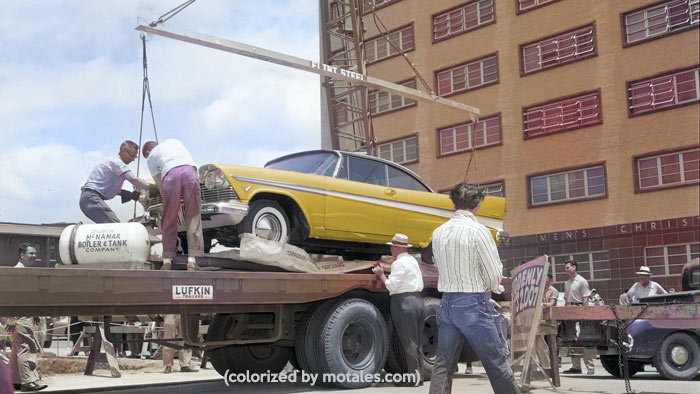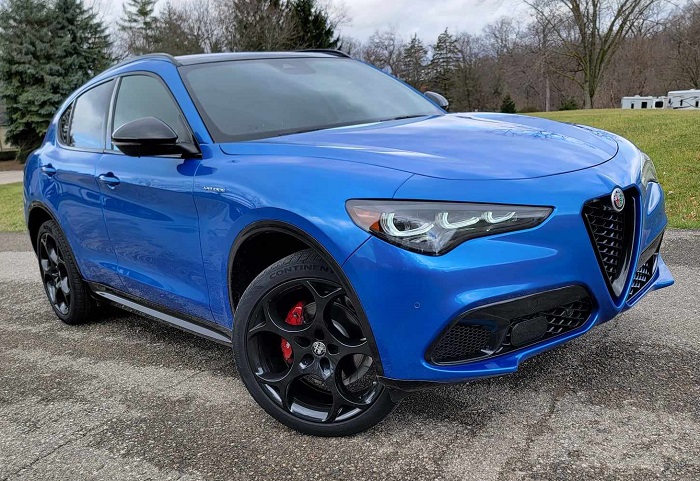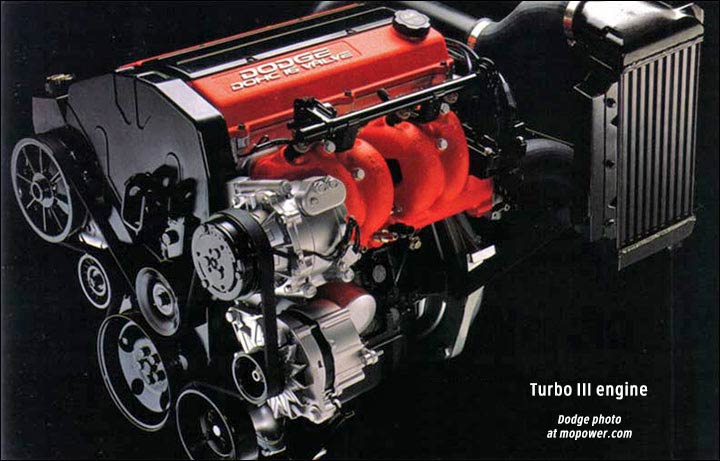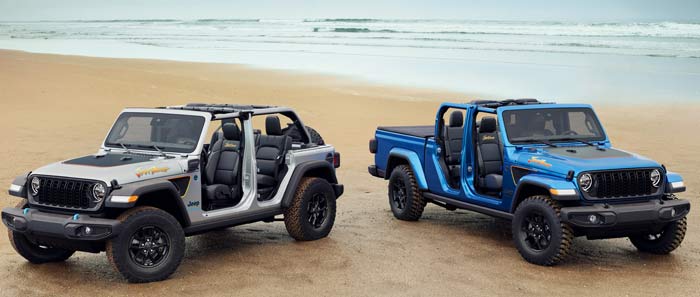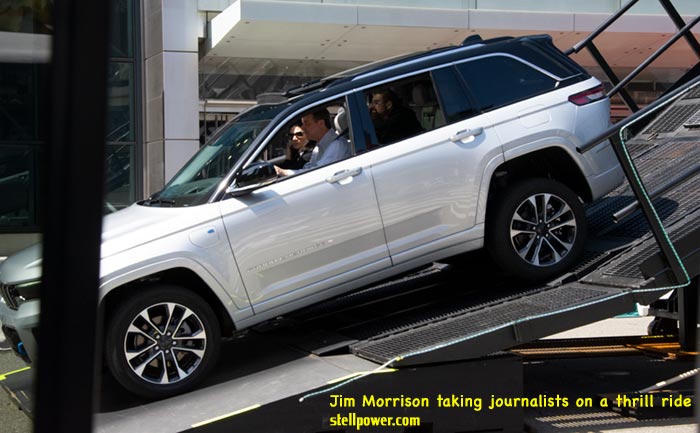2024 Fiat 500e Review: I Liked It So Much, I Added One to My Fleet
I recently had the pleasure of spending a week driving a 2024 Fiat 500e in the Inspired by Music trim. A few days into my time with the test car, I contacted Golling Fiat to inquire about their current inventory and on my final day with the test car, I drove it to Golling Fiat … Read more

